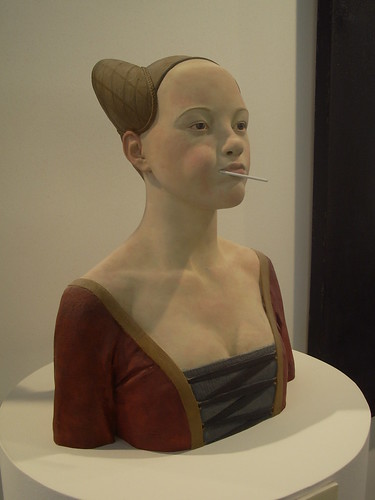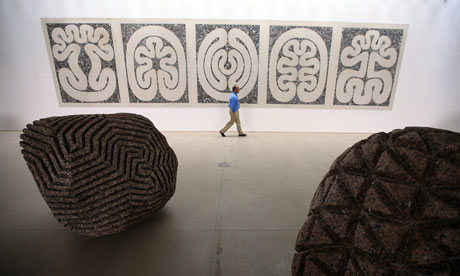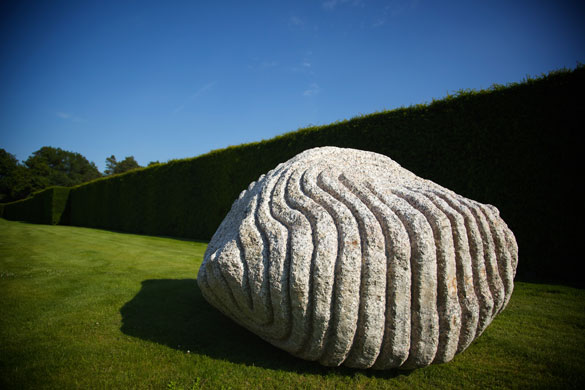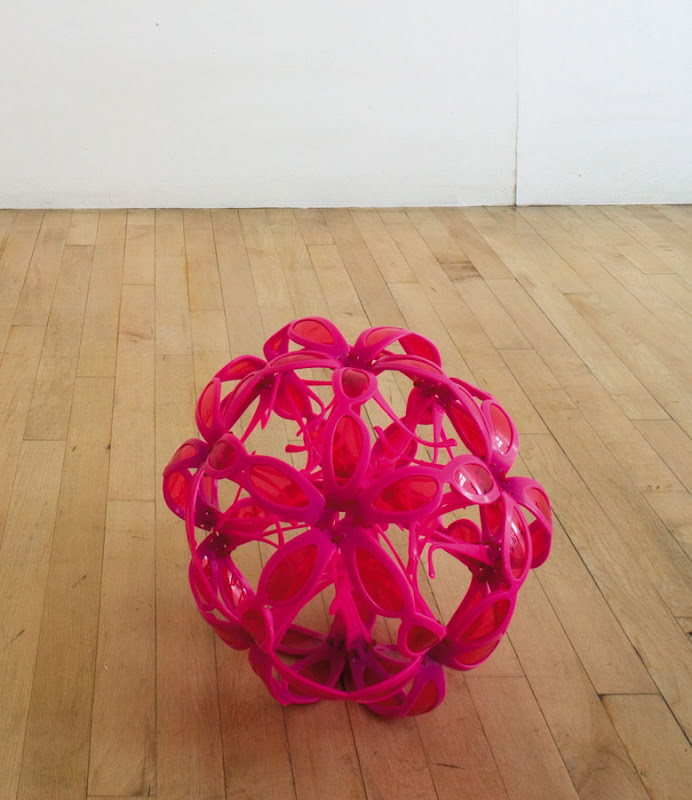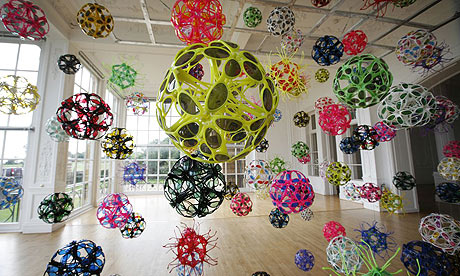Great christmas day spent taking pictures by the clyde.
So peaceful.















Everything changes. Nothing could be permanently fixed.
Whatever it is, however long it takes, everything changes.
Art should accept such changes positively and represents them in its own ways.
Immutability has been a key word for the definition of art.
A work of art would be treated as worthless if it were mutable.
In our real life, however, things keep changing.
Art should be a reflection of the reality in one sense or the other,
and hence, should be continuously changing.
It would be able to give people a tip of wisdom.
Everything is interacted with each other. Nothing could be independent.
Therefore, art should be positively engaged with anything,
and represents them in its own ways.
Art has long been isolated from the real world,
and spoiled within a framework of the 'art world'.
That was a survival guide for art.
It created a tiny paradise, and protected itself from any danger
by dissociating itself from the real world.
However, such a closed environment would terminate art eventually
as intermarriage tended to have a less competitive result in its reproduction process.
Art should be interacted with any kinds of things.
It will be able to obtain power to give people courage.
Everything keeps going on forever.
Everything moves on a never-ending line as it changes itself.
Being associated with the term, immortality, means being associated with the universe.
Art has been always represent immortality, as people wish to be immortal.
People have been able to experience immortality through a work of art.
Art represents immortality in its course of mutation.
It would be able to give people hopes.
ART IN YOU
Einstein and Tagore met in 1930 for the first time. Their conversation dealt with truth and nature of the reality, with Einstein wondering where beauty existed. He said truth and beauty, like time and space, existed independently of mankind. Tagore objected his premise, arguing that beauty is realised only through human beings. If there is no human beings anymore, the Apollo of Belvedere would be no longer beautiful. Einstein, the Nobel Prize winner of physics, said he agreed with him in terms of beauty.
Works of art (i.e. beauty) exists in interaction with human mind.
There is no art created solely by an artist.
A work becomes an art only with the presence of observers.
Art is a collaboration of artists and observers.
Such a relationship could refer to TV transmission.
TV transmits everywhere, while a TV set is required to see its images.
The sender, an artist's work, is realised only through the receiver,
TV set in this case, and hence, observers.
Observers are nothing special. They refer to all the people in this world.
Greatest works of art all over the world could not exist as much as now, otherwise.
Art exists in people's minds.
Everyone has got his / her art in his / her minds.
A work of art is a devise that inspires people's artistic mind.
It is not independent of mankind. It becomes an art with realistic elements in interaction with observers.
There is no clear division between 'artist' and 'observer'.
All are artists as well as observers with abilities to recognise art (beauty).
Art in You
Art is neither created specially for a particular kind of person or a group,
nor appreciated only by people with special ability.
Art could be created by anyone, and anyone is able to appreciate a work of art.
Art is developed and progressed by human beings.

 Columns for a sphere / the Earth" - Columns to pierce the Earth. In this installation at Hiroshima International Airport each column sticks into the ground, pointing exactly at the lobbys of other international airports around the world.
Columns for a sphere / the Earth" - Columns to pierce the Earth. In this installation at Hiroshima International Airport each column sticks into the ground, pointing exactly at the lobbys of other international airports around the world.





